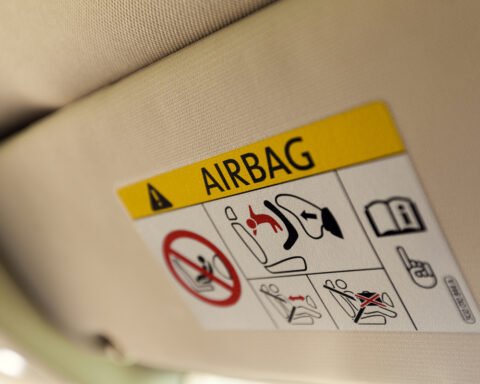When it comes to vehicle safety, many drivers focus on advanced safety features like airbags, anti-lock braking systems, and lane-keeping assist. However, the role of tires is often underestimated, despite being the only point of contact between your vehicle and the road. Properly maintained tires can significantly reduce the risk of accidents, improve fuel efficiency, and enhance overall driving performance.
The crucial role tires play in ensuring your safety on the road.
Tires and Traction: Your First Line of Defense
The primary function of tires is to provide traction, ensuring your vehicle grips the road surface securely. Whether you’re driving on dry pavement, wet roads, or icy conditions, the quality of your tires directly affects your ability to brake, steer, and accelerate safely.
Tread Patterns: Tires with deep, well-defined treads channel water away, reducing the risk of hydroplaning.
Rubber Compounds: Seasonal tires, such as winter or summer tires, use specific rubber compounds optimized for different temperatures, improving grip and handling.
Proper Tire Pressure: A Key to Safety
Under-inflated or over-inflated tires can lead to several safety concerns, including:
Reduced Handling: Incorrect tire pressure affects the stability and maneuverability of your vehicle.
Increased Braking Distance: Improperly inflated tires take longer to stop, increasing the risk of collisions.
Blowouts: Over-inflated tires are more prone to bursting, especially at high speeds.
Regularly check your tire pressure and ensure it meets the manufacturer’s recommendations for optimal safety.
Tire Wear and Its Impact on Safety
Worn-out tires compromise your vehicle’s ability to maintain proper contact with the road. Key indicators of unsafe tire wear include:
Bald Tires: Reduced tread depth leads to poor traction and increased stopping distances.
Uneven Wear: Misaligned wheels or improper tire rotation can cause uneven wear, affecting handling and stability.
Visible Damage: Cracks, bulges, or punctures weaken the tire’s structural integrity, posing serious safety risks.
Replace your tires as soon as the tread depth reaches 2/32 of an inch to maintain optimal safety.
Seasonal Tires and Weather Conditions
Driving in different weather conditions requires the right set of tires.
Summer Tires: Provide excellent grip and handling on dry and wet roads in warm weather.
Winter Tires: Designed to offer superior traction on snow and ice, thanks to their unique tread patterns and softer rubber.
All-Season Tires: A versatile option for mild climates, offering decent performance year-round.
Switching to the appropriate tires for the season can greatly enhance your safety and confidence on the road.
The Importance of Regular Tire Maintenance
Routine tire maintenance is vital to ensuring safety and longevity. Here are some essential steps:
Tire Rotation: Rotate your tires every 5,000–8,000 miles to promote even wear.
Wheel Alignment: Misaligned wheels can cause uneven tire wear, affecting handling and safety.
Balancing: Ensure your tires are balanced to avoid vibrations and uneven tread wear.
Fuel Efficiency and Eco-Friendly Driving
Properly maintained tires not only improve safety but also boost fuel efficiency. Under-inflated tires create more rolling resistance, forcing your engine to work harder and consume more fuel. By keeping your tires in optimal condition, you reduce emissions and save on fuel costs, contributing to a greener environment.
Tires: Your First Line of Defense for Safe and Efficient Driving
Tires play a pivotal role in vehicle safety, influencing everything from traction and handling to braking performance and fuel efficiency. Regular tire maintenance, proper inflation, and choosing the right type of tire for your driving conditions are crucial steps to ensure your safety and that of your passengers. Remember, your tires are your first line of defense on the road—don’t overlook their importance.
Stay safe, drive smart, and give your tires the attention they deserve!







